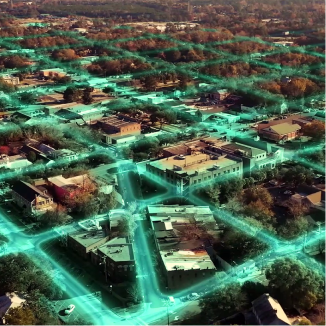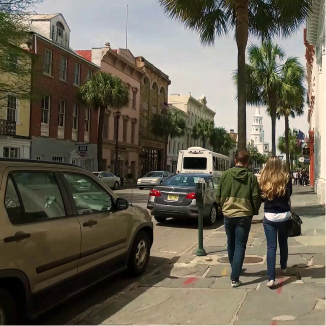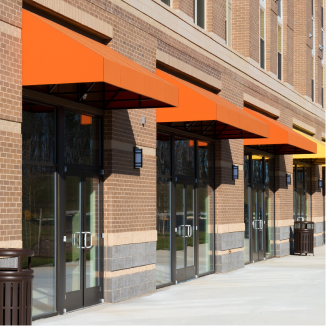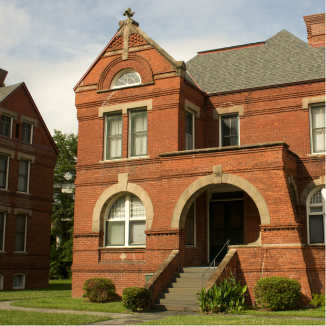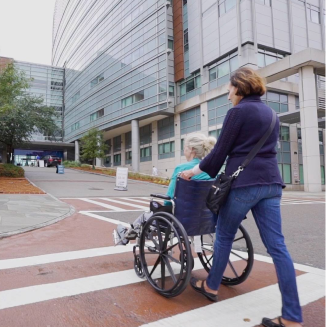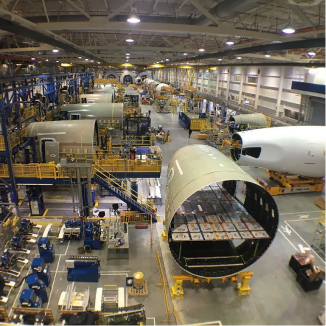Equitable Development along the LCRT Corridor
As South Carolina's first bus rapid transit system comes to the Lowcountry, we have an opportunity to not only preserve, but to establish parameters and guidelines that focus on improving quality of life for communities and residents. Transit Oriented Development (TOD) is a planning strategy focused on thoughtfully creating livable, walkable communities centered around public transit stations. Components of TOD include:
Preserving Existing Communities
Ensuring that existing residents and communities are not negatively impacted by growth
Mixed-use Development
A blend of housing, jobs, shopping, social venues and other land uses within walking distance
Quality Public Transit
Reliable, safe and affordable public transportation options
Pedestrian & Bicycle Connectivity
Safe and easy to use pedestrian and bicycle resources
TOD creates a plan to manage future growth and redevelopment in available areas where transit is reliable and easy to access while preserving the communities that exist today. In these areas, people can live, work, shop and play without having to travel long distances. Possible opportunities include:
- Residences
- Employment hubs
- Retail spaces
- Hotels, hostels and B&Bs
Our Growing Communities
Steady growth and increased traffic are impacting the Lowcountry. According to an in-depth market assessment conducted as part of the LCRT project, the population in our region is expected to grow 67.3 percent by 2040. Job growth is also expected to increase by 51.7 percent. This growth will affect decisions regarding:
Street Networks
Parking
Land Use & Zoning
Residences
Streetscapes
Park & Rides
Food Deserts
Healthcare
Employment Centers
Education Centers
Mobility
For more technical information, view the Phase I and II TOD Study reports below.
Community Involvement
Through a series of TOD workshops, the LCRT project team collected public opinions on the potential livability and walkability of areas throughout the project area. Topics considered during these workshops included future development potential and the preservation of existing communities. For more information, click the button below.
Learn More NowStay up to date on all things LCRT.
Sign Up for Our Newsletter
Sign up for the mailing list





